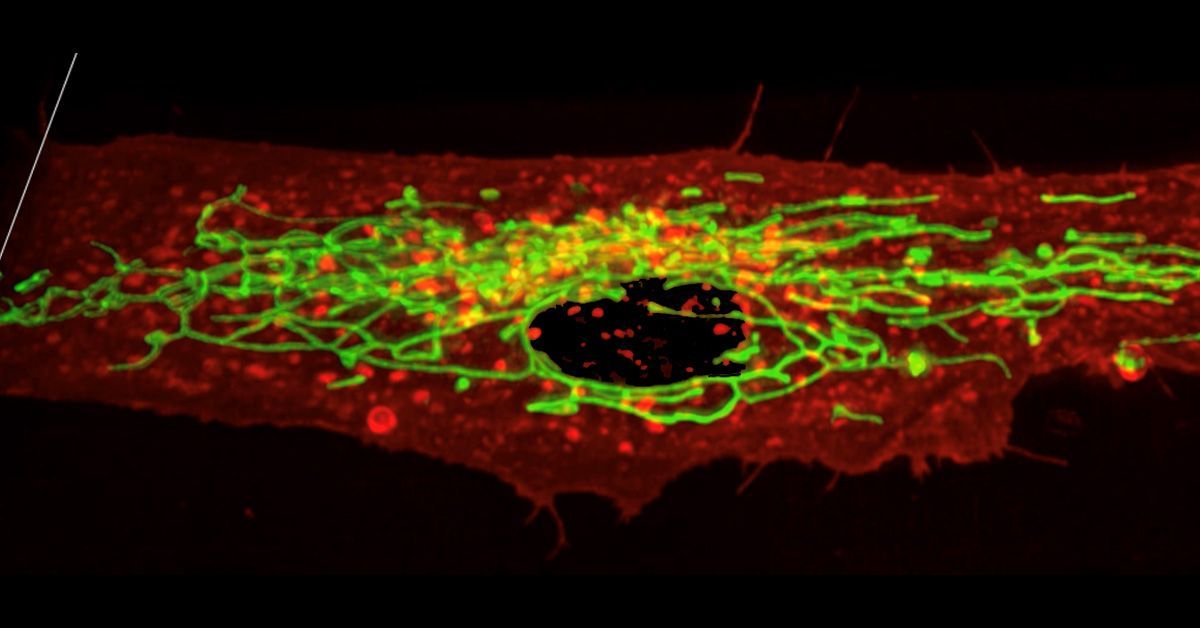The collaborative study, “Metabolic features of treatment-refractory
major depressive disorder with suicidal ideation,” by researchers at UC San Diego and the University of Pittsburgh has shed light on why some patients with depression do not benefit from mainstream mental health treatments.
This study, led by Dr. Lisa Pan, MD, and Dr. Robert Naviaux, MD, PhD, analyzed plasma biomarkers to determine the reasons behind suicidal ideation in patients whose depression symptoms do not improve with traditional treatment methods, such as counseling or medication. According to a summary Naviaux sent to The UCSD Guardian, the research team found that “a blood test using metabolomics can help identify patients at high risk for suicidal thoughts and for resistance to conventional treatments for depression.”
The study found that the studied biomarkers indicated an increased risk of experiencing suicidal ideation due to certain stages of mitochondrial dysfunction. The first stage of this dysfunction is oxidative stress, which then can progress into reductive stress. This latter stage was found in the study’s patients and is now thought to be a predictor of suicidal ideation.
Naviaux also noted that the study found that mitochondrial dysfunction varies between men and women. In men, there was a decrease in lipids “called plasmalogens and an increase in plasma lactic acid.” In women, there was a decrease in “lipids called sphingomyelins, decreases in the activated form of Vitamin D3, with greater increases in the purines, and markers of cold inflammation like 5-HETE.”
Naviaux said that, in order to treat this mitochondrial dysfunction, new antipurinergic drugs will need to be developed. Antipurinergic drugs (APDs), are a new class of drug on the pharmaceutical scene. Suramin was the first APD developed, and it has been used to treat autism in past experiemnts. Naviaux and his team believe that new APDs could be used to treat those with treatment-resistant depression.
*This article was written using a summary provided by Dr. Robert Naviaux detailing the “Metabolic features of treatment-refractory major depressive disorder with suicidal ideation,” study.











spacebar clicker • Jan 22, 2024 at 7:42 pm
Do not fear failure but rather fear not trying!